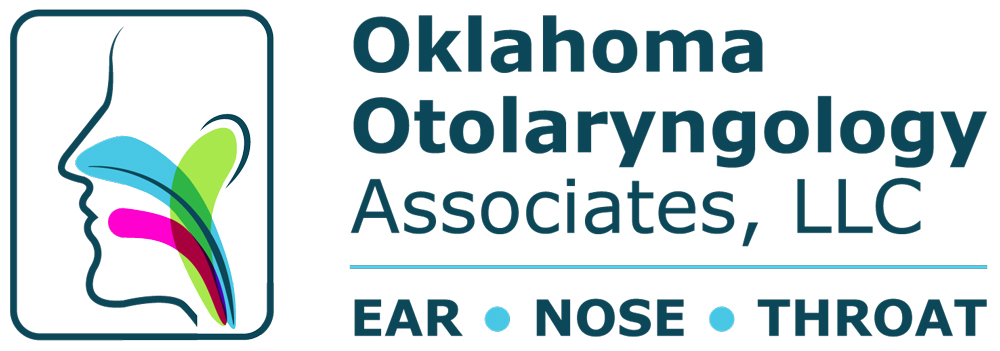Oklahoma Otolaryngology Associates: Sleep Apnea
The physicians at Oklahoma Otolaryngology Associates see a significant number of patients with sleep apnea each day. Many of our patients do not know what sleep apnea is—even if it is a common physical condition. The purpose of this blog is to educate our readers about this sleep disorder.
Sleep apnea (AP-ne-ah) is a common disorder in which one or more pauses in breathing or shallow breaths occur during sleep. Breathing pauses can last from a few seconds to a few minutes. These pauses may occur 30 times or more an hour. Typically, normal breathing then starts again, sometimes with a loud snort or choking sound. However, not everyone who snores has sleep apnea.
During sleep, all of the muscles in the body become more relaxed. This includes the muscles that help keep your throat open so air can flow into your lungs. Normally, your throat remains open enough during sleep to let air pass by. However, some people have a narrow throat—when the muscles in their upper throat relax during sleep, the tissues close in and block the airway. This stop in breathing is called apnea.
Sleep apnea usually is a chronic (ongoing) condition that disrupts sleep. When breathing pauses or becomes shallow, the sleeper will often move out of deep sleep and into light sleep.
As a result, the quality of sleep is poor, which makes the sleeper tired during the day. Sleep apnea is a leading cause of excessive daytime sleepiness. Most people who have sleep apnea don’t know they have it because it only occurs during sleep. A family member or bed partner might be the first to notice signs of sleep apnea.
The most common type of sleep apnea is obstructive sleep apnea. In this condition, the airway collapses or becomes blocked during sleep. This causes shallow breathing or breathing pauses.
Central sleep apnea is a less common type of sleep apnea. This disorder occurs if the area of the brain that controls breathing doesn’t send the correct signals to the breathing muscles. As a result, breathing will cease for brief periods. Central sleep apnea can occur with obstructive sleep apnea or alone. Snoring typically doesn’t happen with central sleep apnea.
When your sleep is interrupted throughout the night, you can be drowsy during the day. People with sleep apnea are at higher risk for car crashes, work-related accidents, and other medical problems. If you have it, it is important to get treatment. Sleep apnea can often go undiagnosed—doctors usually can’t detect the condition during routine office visits, but nonetheless it is important to come in and see a doctor and investigate until a diagnosis is figured out.
If you think you may have sleep apnea, it is important to see an Otolaryngologist who specializes in this condition and discover what treatments are available.
Call Oklahoma Otolaryngology Associates today to set up an appointment.

